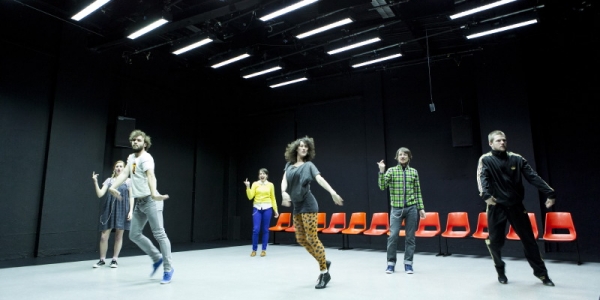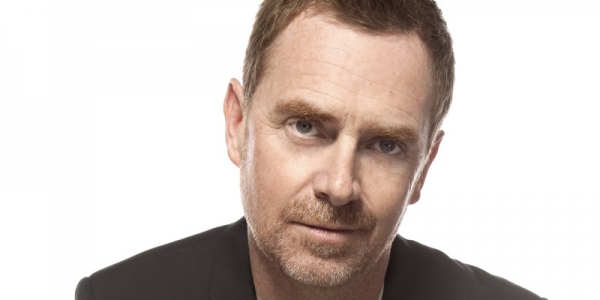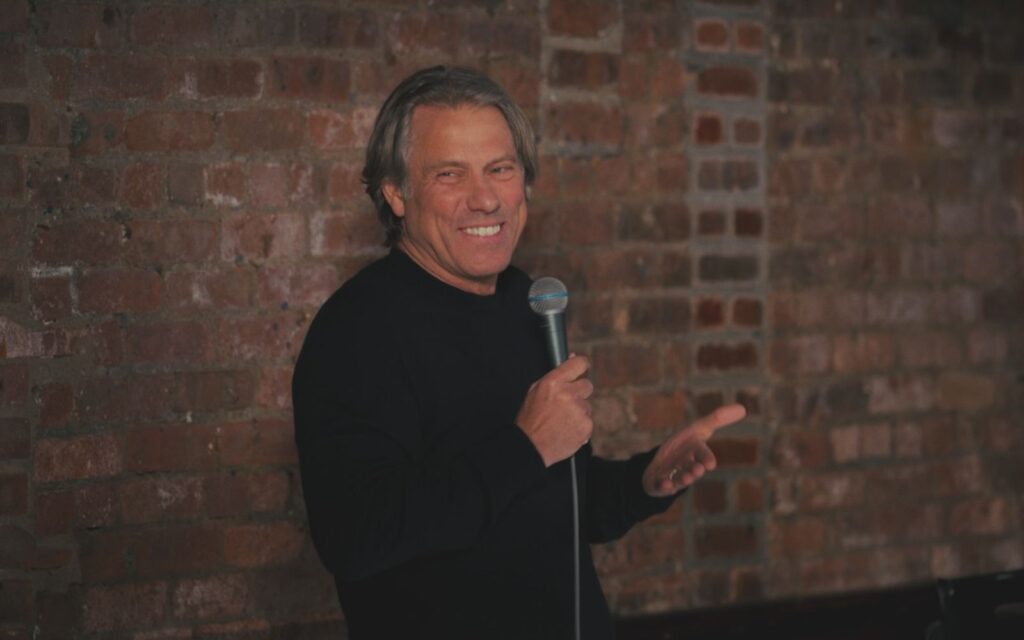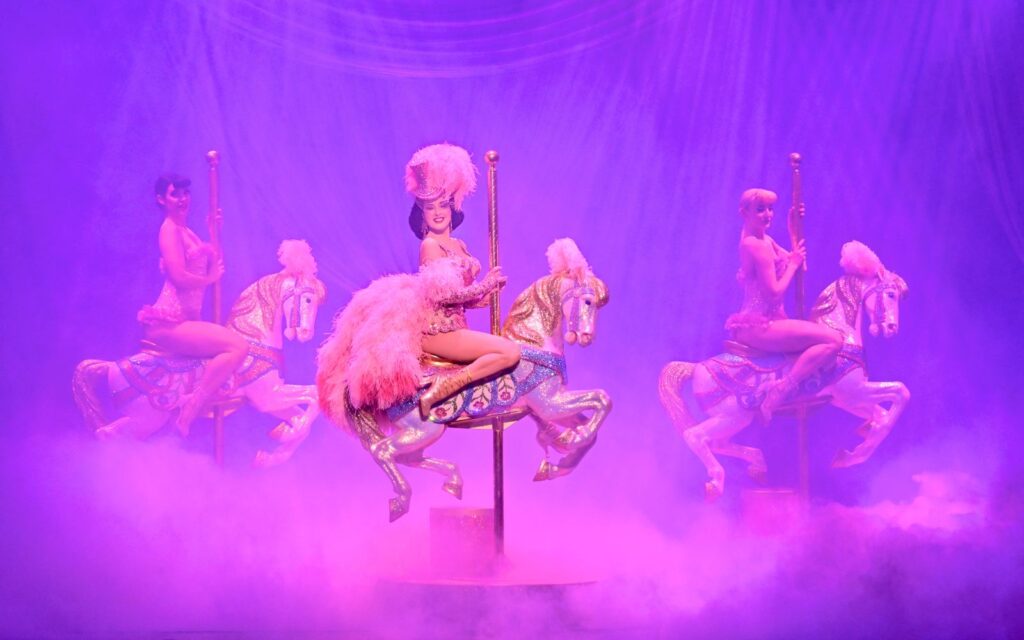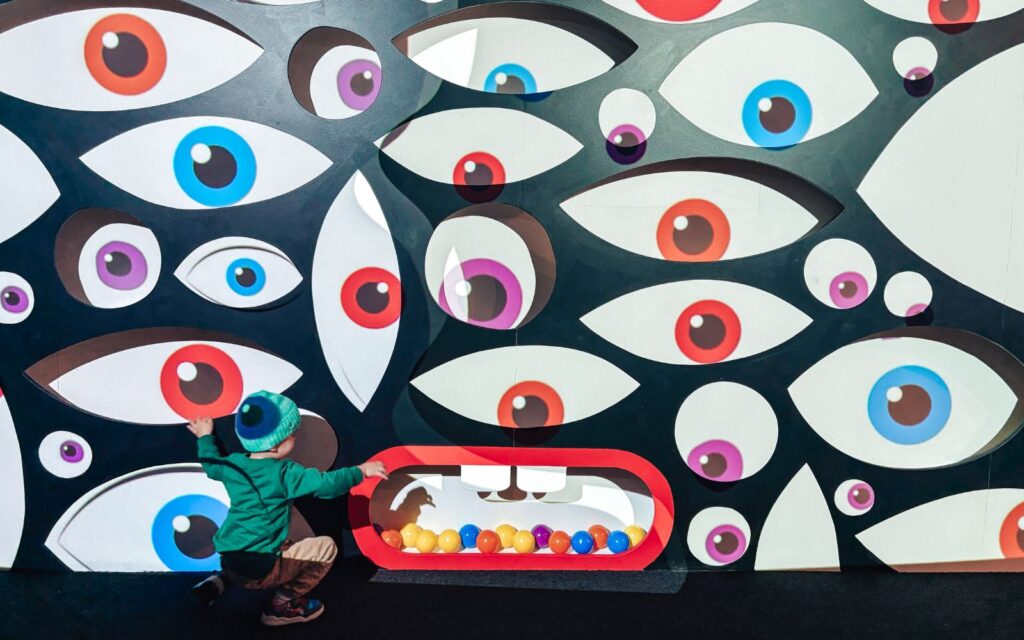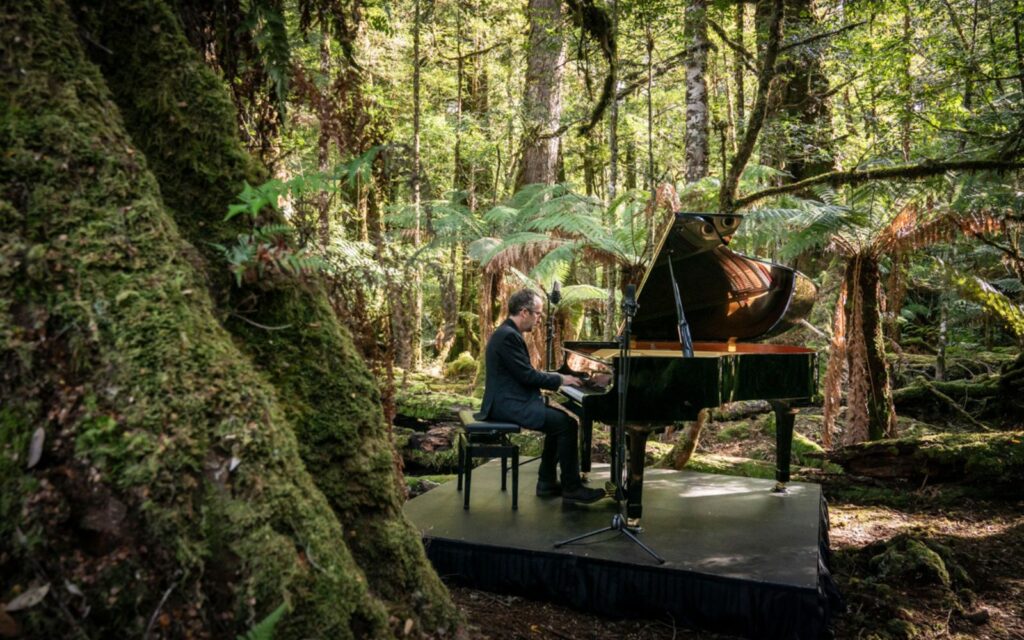The inaugural Dance Massive event in 2009 was developed by the then Arts House Creative Producer Richardson in an attempt to unite Australia’s various contemporary dance performers, and help a wider audience discover the multitude of talent within the art form. Bringing Arts House together with Dancehouse and Malthouse, the three theatres each invite contemporary dance performances to show on their stages as part of the 13-day festival. And while it is a collective event, the coordinators give each theatre its own independence to keep the program organic. Wynee-Jones, Art House’s new Creative Director, explains, “The participating venues actually program the work themselves. We’re not bringing in an outside artistic director, so there’s a very strong connection between each of the venues and the artists that they’re programming, as well as with their audiences. It’s not imposed. But the benefit is that we all get to cross pollinate, and we’re able to really create an interesting contact for the audiences and the artists. It’s a fantastic opportunity to see all of the different diverse companies and individual artists, the different scales of work, and work from outside of Melbourne.”
Dance Massive 2009 and 2011 were both runaway successes with sold out shows and a combined audience of around 11,000. Although the original producers have all but left the three contributing theatres, Dance Massive 2013 promises to keep those successes alive. Between March 12 and 24 2013, Arts House, Dancehouse and Malthouse will play host to a eclectic mix of contemporary performers, from the über experienced like Lucy Guerin Inc and Anouk van Dijk with Chunky Move to equally talented up-and-comers like Stephanie Lake and Matthew Day. Dance Massive is also embracing brand spanking choreographers like Atlanta Eke and Natalie Abbott who are fresh off the Next Wave festival circuit. The variety of the performers is one of the most important aspects of the event, says Wynne-Jones. “It’s a fabulous combustion of different experiences with artists at different points in their careers with many different approaches, from quite pure studio-based dance through to work that’s really on the intersection of sculpture, live art and performance art.” And while each theatre has their own priorities and criteria for who they’ve chosen to perform, Wynne-Jones says that there’s a general consensus that they’re all looking to showcase the best, most exciting and most diverse works in order for audiences to experience a wide range of approaches.
The benefits of a festival of this nature is not only an opportunity for audiences to consume a lot of dance in a short space of time, but also to help the artists grow together. “It’s a great opportunity for the artists to get together as a sector,” Wynne-Jones elaborates. “To see each others work and understand the strengths of the sector, and ask some questions of themselves. There’s nothing like it on the Australian landscape, so it really is an opportunity for the dance sector to come together and really explore the terrain.”
While works like Gudirr Gudirr by Marrugeku have been commissioned by Arts House specifically for the festival, some of the performances are works that have seen the Melbourne stage before. Tim Darbyshire’s More or Less Concrete, a journey of contrast between the real and the surreal, premiered at Arts House earlier this year. Dance Massive is an opportunity not only to discover all new performances, but to perhaps catch up on some of the contemporary dance highlights you may have missed over the last two years. And artists like Antony Hamilton have used the festival as a platform to bring new developments to previous works; his acclaimed Black Project 1 was shown in Melbourne in March, and its sequel Black Project 2 will join his initial work at Dance Massive 2013.
Although Dance Massive doesn’t start until March, discount packages are available online until January 27. So if you are interested in embracing the festival and seeing a variety of performances, it may pay to get tickets early. And the idea, Wynne-Jones hopes, is that audiences will want to come to more than one performance. “The invitation is to really immerse yourself in this incredible world for two weeks, and be saturated with these extraordinary artists and their ideas. The more shows you see, the more you’ll start to make connections between the works. It creates an energy and a buzz, and allows audiences to connect with the artists more freely. I think that’s what festivals can do brilliantly, is create a context where audiences are more supported to take a risk and see a range of work; some work that’s new and developing, and some work that’s tried and tested. All you need is a little bit of curiosity.”
BY KATE MCCARTEN
